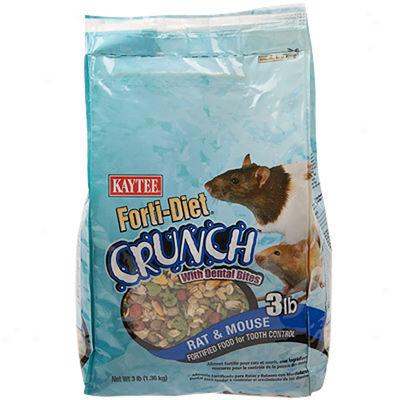

The silky pocket mice ( Perognathus) and coarse-hared pocket mice ( Chaetodipus) has species with relatively long feet, but these still use standard quadrupedal locomotion. The species in the four genera of pocket mice use quadrupedal locomotion. The tails of kangaroo rats are longer than both their bodies and their heads. The front legs are relatively small and the heads are relatively large. They also have tails that are long and have white tips or tufts on the end. The kangaroo rats ( Diplodomys sp.) and kangaroo mice ( Microdipodops sp.) have elongated hind limbs and feet and move bipedally in long jumps, as with kangaroos. The 6 extant genera and about 60 species of heteromyids occupy a similar range as the Geomyidae, being distributed from Western and Central Canada and the United States, through Mexico and Central America, to the northern tip of South America. The kangaroo rats (genus Dipodomys) and kangaroo mice (genus Microdipodops) use bipedal locomotion on elongated hind limbs (like kangaroos), while the pocket mice (genera Perognatus, Chaetodipus, Heteromys, and Liomys) use quadrupedal locomotion (like mice).

Heteromyids are characterized by external, fur-lined cheek pouches (like the related pocket gophers, family Geomyidae), short and rounded ears, relatively large eyes, and seed-eating behavior. Heteromyidae is the family of rodents that includes the kangaroo rats, kangaroo mice, and pocket mice.


 0 kommentar(er)
0 kommentar(er)
